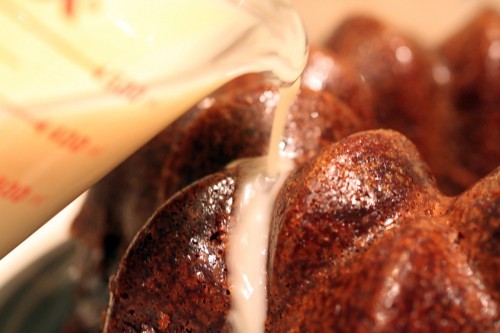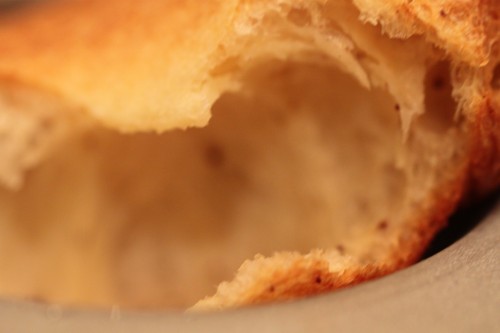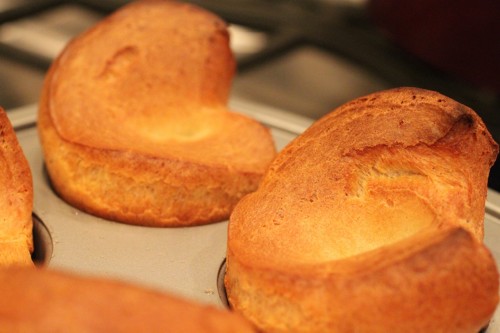Mango Cheesecake
I love this recipe. This is surprisingly easy and straight forward to make, and mango cheesecake is one of those sleeper hits. People who “don’t like cheesecake” will even love it. And what I love is that it’s a fantastic do-ahead dessert for parties. It’s always better to make this the night before, so it has a full 8 hours to cool.
I actually made it for my holiday party on Friday night but shrunk it down to miniature version. It was the perfect poppable dessert – a creamy mango cheesecake in 1.5” pastry shell with a bit of glaze and a sweet raspberry on top. These were inhaled – always estimate a 3-4x multiple of the number of party attendees!
The graham cracker crust is crisp and buttery, and the cheesecake comes out with a beautiful, silky, creamy texture, bright with sweet mango flavor. I love the extra flavor and texture of this super simple glaze too. I used alphonso mango puree because these mangoes, to me, have a truly rich, signature mango flavor. If you are doing the tiny version, they only take 15 minutes in the oven and don’t need the water bath. Enjoy!
Ingredients
Yields 1 9-inch springform pan
Crust:
2 cups graham cracker crumbs
1 ½ sticks of butter, melted
Filling:
2 (8-ounce) packages cream cheese, room temperature
1 cup whole milk ricotta cheese, room temperature
¾ cup sugar
4 eggs, room temperature
2 ¼ cups mango puree, preferably Ratna (from the ethnic grocer; alphonso mangoes)
Glaze:
Another ½ cup or so of mango puree
Sugar
lemon
Procedure
Preheat oven to 350° F
Wrap the springform pan tightly in foil all the way around. You want to create a seal since we’re going to submerge it in water for cooking. Generously grease all of the inside surfaces of the pan.
In a food processor, process crumbs with melted butter until sand-like texture. Press firmly into the bottom of the pan and bake for 15 minutes. Cool completely.
Blend cream cheese and ricotta with sugar until smooth and then add mango puree and eggs. Pour mixture over cooled crust and place in a roasting pan. We’re going to bake this in a water bath. Add boiling water to the roasting pan until it reaches halfway up the sides of the cake pan. Bake for an hour and 30 minutes or until slightly jiggles but starts to pull from the sides. Cool at least 8 hours before serving.
Take remainder mango puree and add a little water in a saucepan. Reduce by half and add sugar and lemon to taste. The glaze should coat a spoon. Cool completely and pour over cheesecake before serving.
























